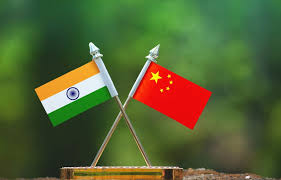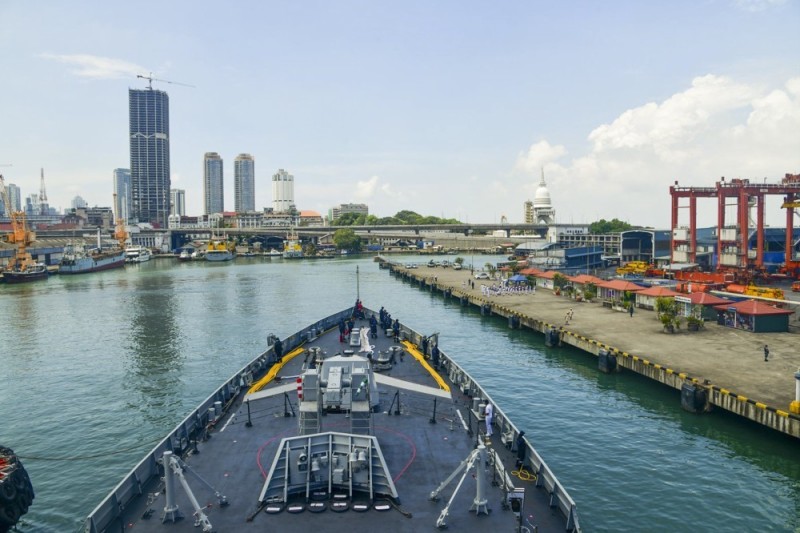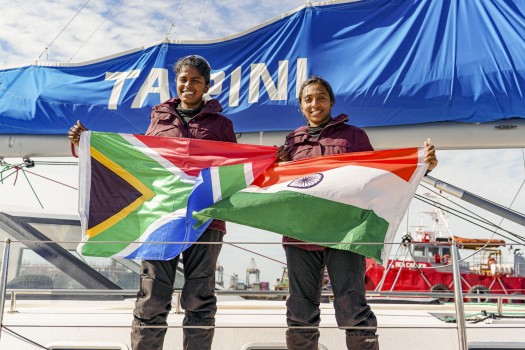
NEW DELHI (PTI): India and Chinese armies are set to hold Major General-level talks on Wednesday on the eastern Ladakh standoff even as the two sides are initiating a "symbolic disengagement" in a few patrolling points in the region to display their resolve to end the row peacefully, people familiar with the development said.
They said both the armies remained engaged in an aggressive posturing in areas like Galwan Valley, Pangong Tso, Daulat Beg Oldie and Demchok and that there will be a series of negotiations in the next few days to explore a solution to end the confrontation.
Military sources said the two armies have begun "disengagement" around two patrolling areas in Galwan Valley and another in Hot Spring. However, there was no official word on it from the defence ministry, the ministry of external affairs or from the Chinese side.
Both Chinese and Indian armies are withdrawing some troops and removing temporary infrastructure from from the three areas, the sources said.
"This is a positive development," a senior Army official said on condition of anonymity.
The people cited above said the two sides agreed during a high-level military dialogue on June 6 to go for the "symbolic disengagement" just to send across a positive message in resolving the row and that the gesture does not mean withdrawal of troops in a serious way.
They said the two sides will hold Major-General level talks as well as dialogue between their field commanders as part of the engagement process agreed to during a high-level meeting on June 6.
Indian and Chinese troops have been engaged since May 5 following a violent clash in Pangong Tso which is turning out to be biggest military standoff after the 2017 Doklam episode.
In their first serious efforts to end the row, Lt General Harinder Singh, the general officer commanding of Leh-based 14 Corps, and Commander of the Tibet Military District Maj Gen Liu Lin held an extensive meeting on June 6. However, it could not produce any tangible results.
In a statement, the external affairs ministry on Sunday said the meeting took place in a "cordial and positive atmosphere" and that both sides agreed that an "early resolution" of the issue would contribute to the further development of the relationship between the two countries.
Saturday's talks also came a day after the two countries held diplomatic talks during which both sides agreed to handle their "differences" through peaceful discussions while respecting each other's sensitivities and concerns.
After the standoff began in early last month, Indian military leadership decided that Indian troops will adopt a firm approach in dealing with the aggressive posturing by the Chinese troops in all disputed areas of Pangong Tso, Galwan Valley, Demchok and Daulat Beg Oldie.
The Chinese Army has been gradually ramping up its strategic reserves in its rear bases near the the Line of Actual Control (LAC) by rushing in artillery guns, infantry combat vehicles and heavy military equipment, the sources said.
The trigger for the face-off was China's stiff opposition to India laying a key road in the Finger area around the Pangong Tso Lake besides construction of another road connecting the Darbuk-Shayok-Daulat Beg Oldie road in Galwan Valley.
The road in the Finger area in Pangong Tso is considered crucial for India to carry out patrol. India has already decided not to stall any border infrastructure projects in eastern Ladakh in view of Chinese protests.
The situation in the area deteriorated after around 250 Chinese and Indian soldiers were engaged in a violent face-off on May 5 and 6. The incident in Pangong Tso was followed by a similar incident in north Sikkim on May 9.
The India-China border dispute covers the 3,488-km-long LAC. China claims Arunachal Pradesh as part of southern Tibet while India contests it.
Both sides have been asserting that pending the final resolution of the boundary issue, it is necessary to maintain peace and tranquillity in the border areas.
In their historic informal summit in Chinese city of Wuhan in 2018, Prime Minister Narendra Modi and Chinese Presdent Xi Jinping underscored the importance of maintaining peace and tranquility in all areas of the India-China border region in the interest of the development of bilateral relations.
The summit had taken place months after a 73-day military face-off between the two armies in Doklam that raised fears of a war between the two Asian giants.
In their talks on June 6, both sides agreed to follow the broad decisions taken by Modi and Xi in the Wuhan summit to ensure peace and tranquillity along the LAC.
 Previous Article
Previous Article












The Indian Air Force, in its flight trials evaluation report submitted before the Defence Ministry l..
view articleAn insight into the Medium Multi-Role Combat Aircraft competition...
view articleSky enthusiasts can now spot the International Space Station (ISS) commanded by Indian-American astr..
view article